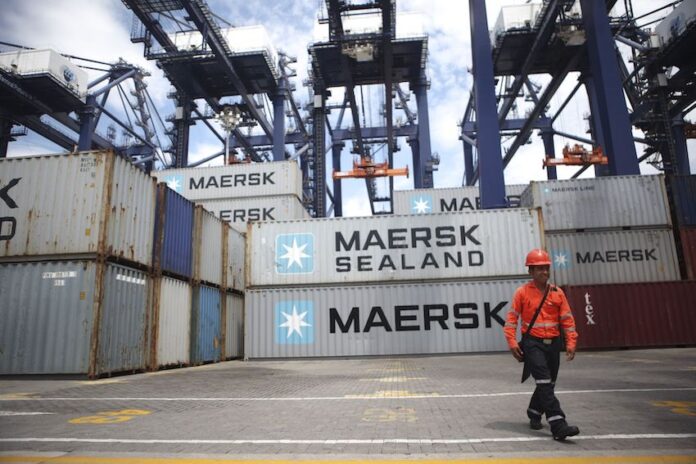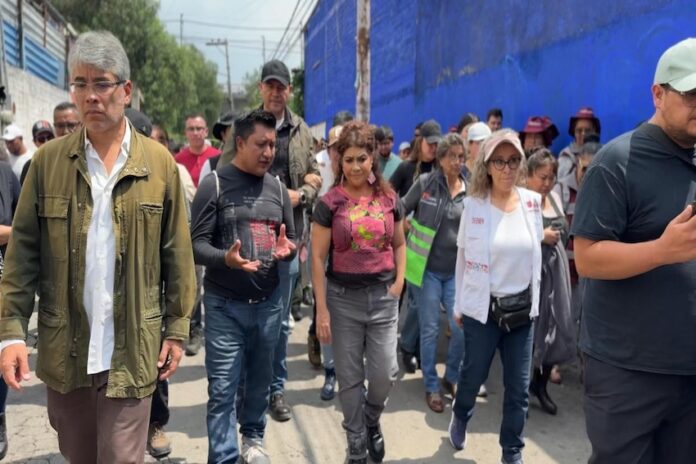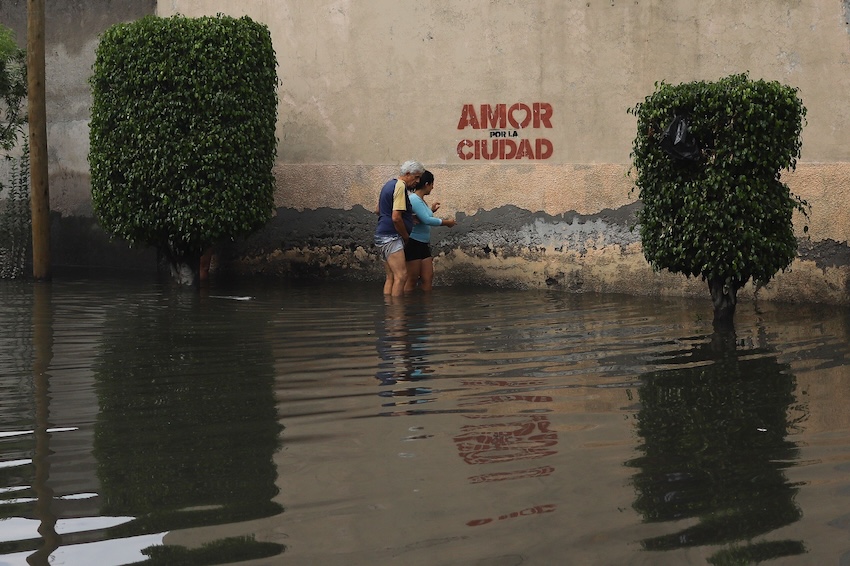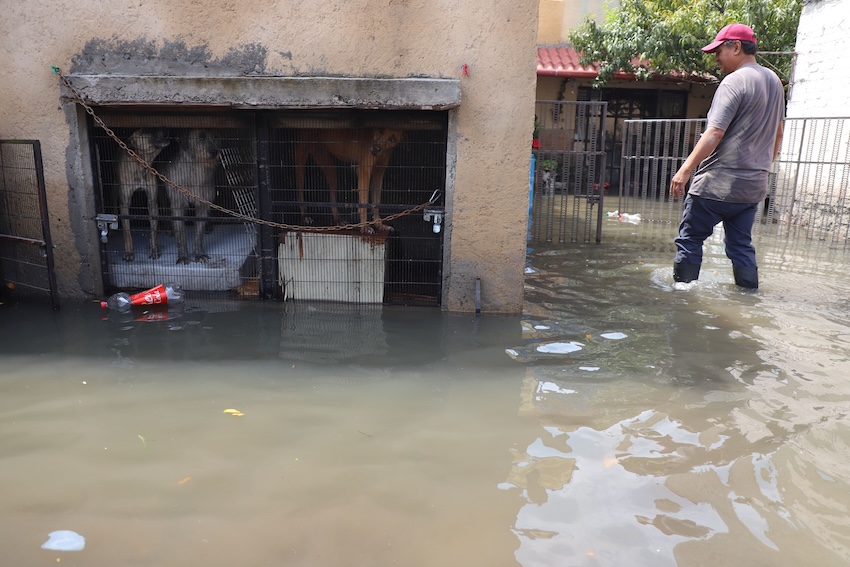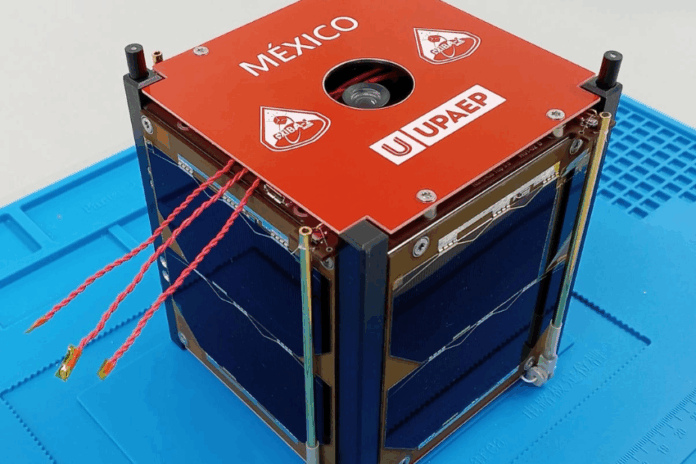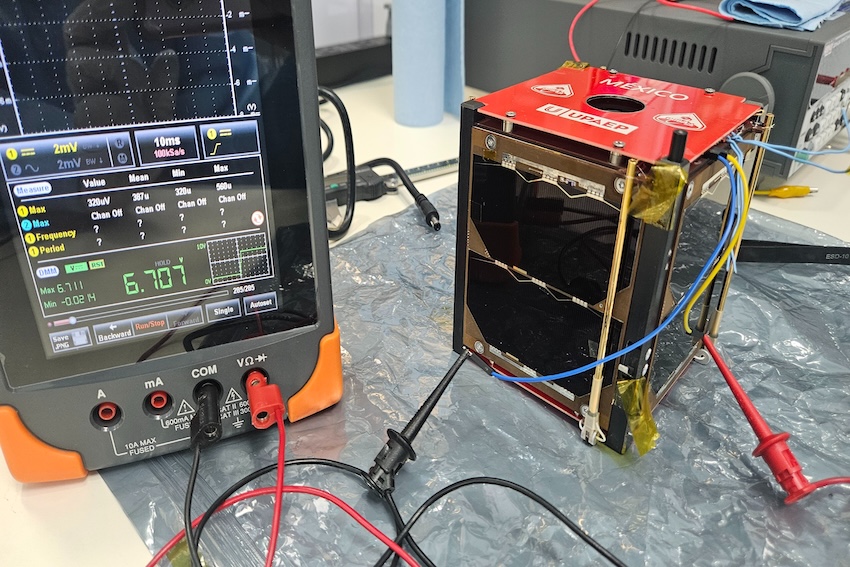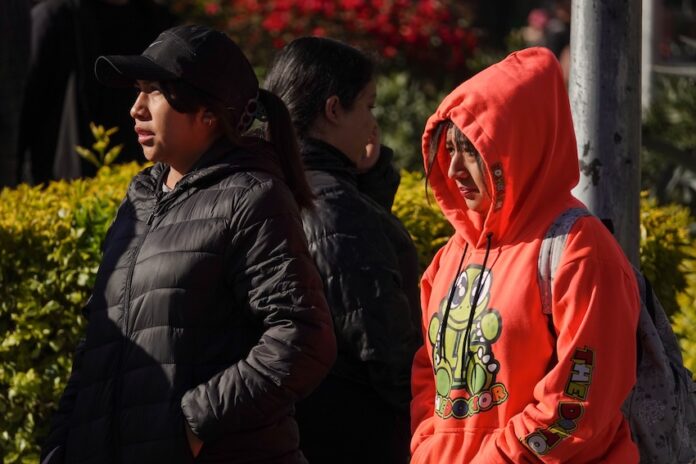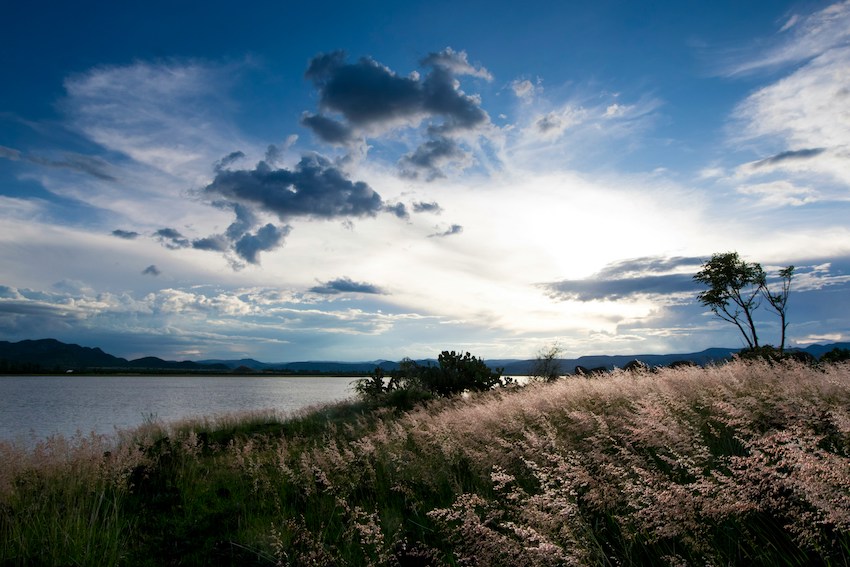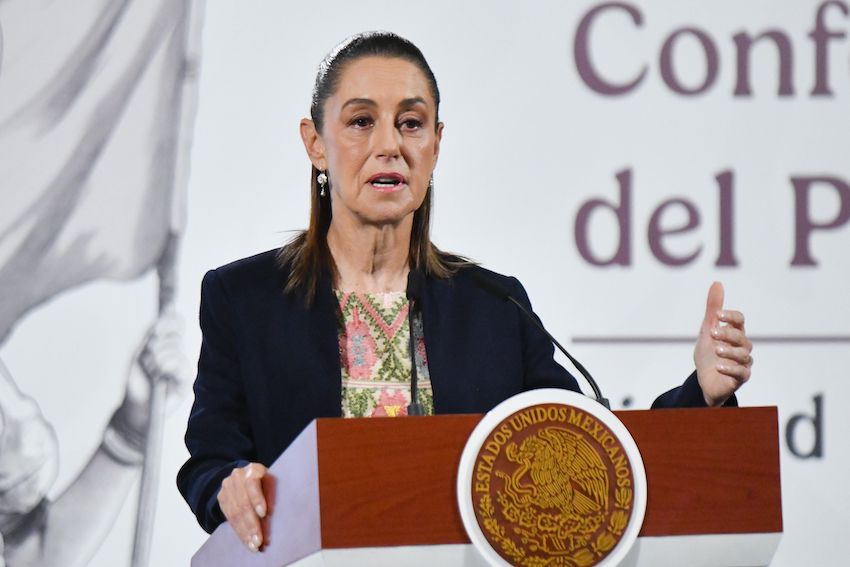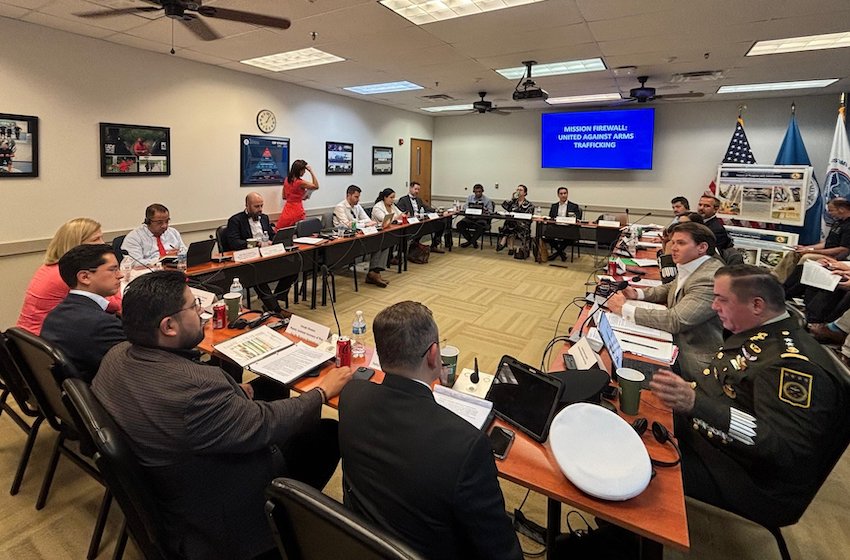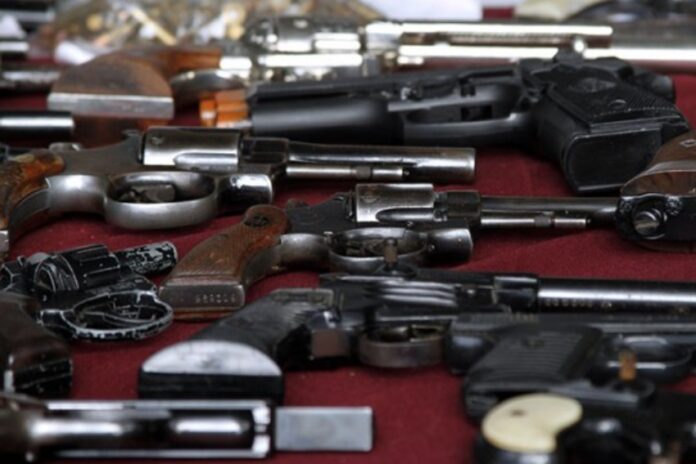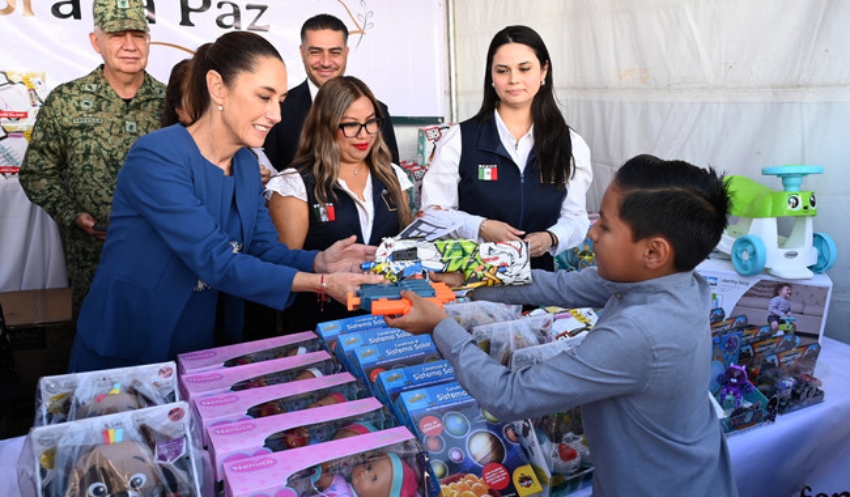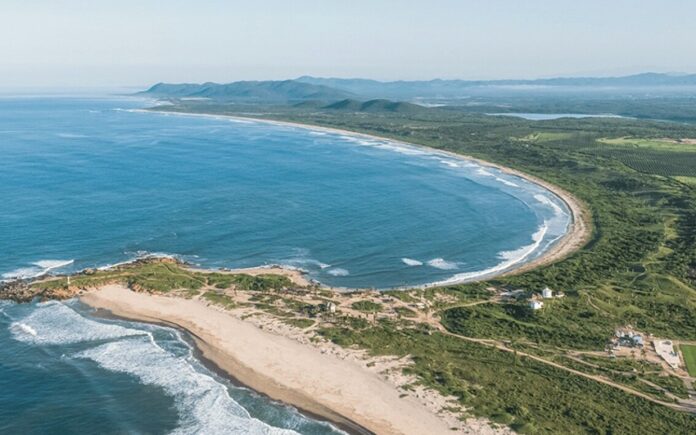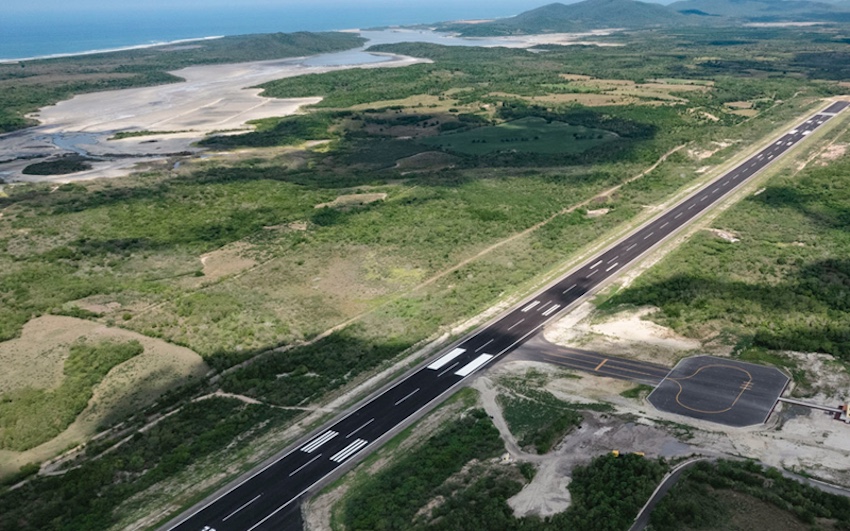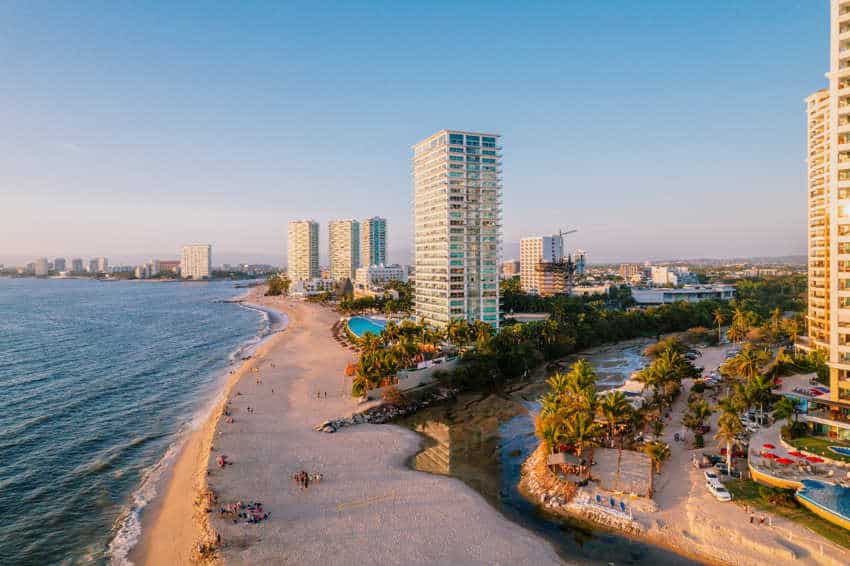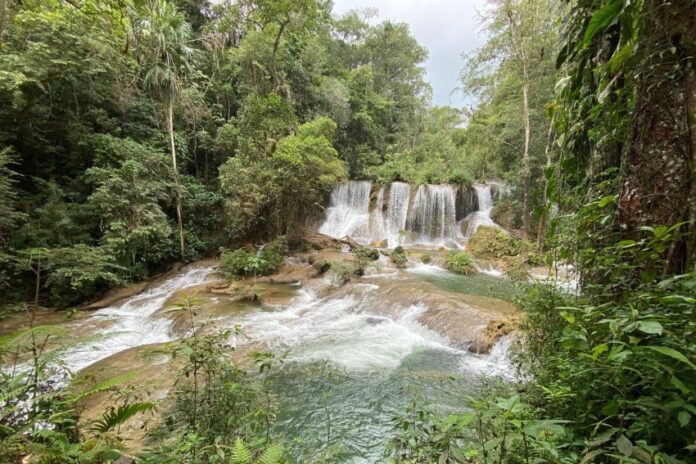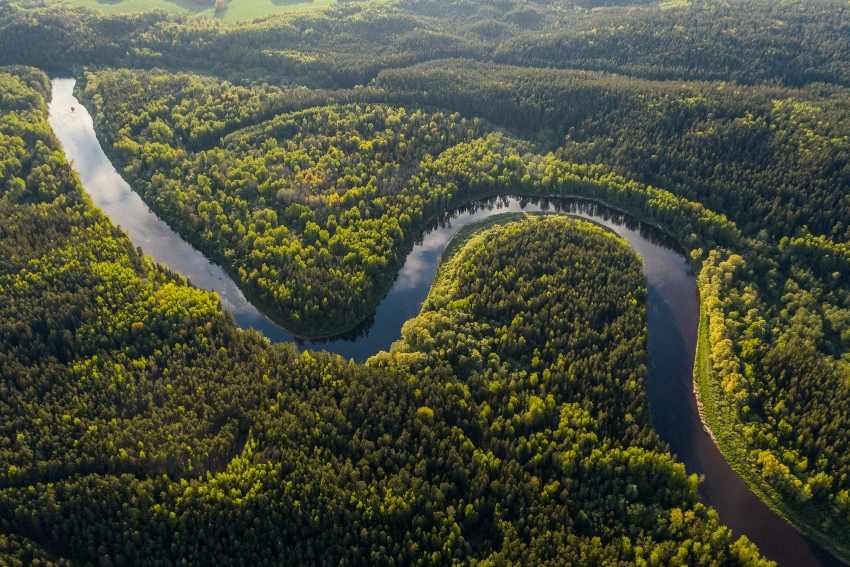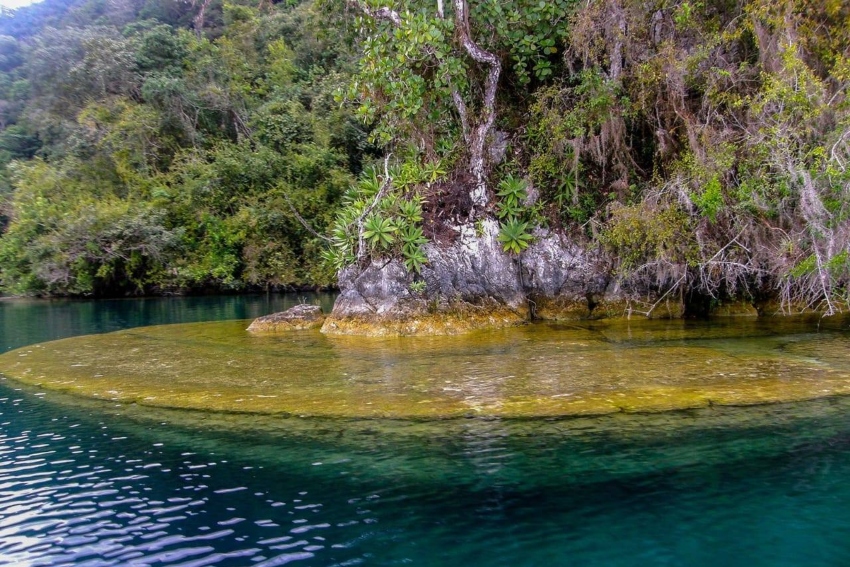The value of Mexico’s exports increased 7.4% annually in August, outpacing the 4.7% year-over-year spike recorded in the first eight months of 2025, according to data from the national statistics agency INEGI.
INEGI published its latest trade data last Friday, reporting that Mexico’s exports were worth US $55.72 billion in August and $425.15 billion in the first eight months of the year.
The 4.7% annual increase in the value of exports between January and August puts Mexico on track to set a new record for export revenue this year after income exceeded $600 billion for the first time in 2024.
The increase in export revenue in 2025 has occurred despite the United States — easily Mexico’s largest trade partner — putting new tariffs on a range of Mexican products. Mexico has benefited from even greater U.S. protectionism against other U.S. trade partners, such as China.
“Despite tensions in international trade and a slower economic growth environment, the Mexican export sector has shown remarkable resilience so far in 2025, taking advantage of the reduced trade between the United States and China to gain greater participation in U.S. imports,” said analysts from the Monex financial group.
Manufacturing sector records strong export growth, but auto revenue is down
The lion’s share of Mexico’s export revenue comes from the shipment abroad — especially to the United States — of manufactured goods.
In August, revenue from manufactured goods increased 9% annually to $51.7 billion, or 93% of Mexico’s total export income.
Between January and August, manufacturing sector export revenue increased 6.5% to $387.1 billion, representing 91% of total export income.
Mexico’s manufacturing sector export income increased in August and in the first eight months of the year, despite revenue from auto exports declining. The annual decline in automotive revenue in August was 1.2% to $16.16 billion, while the decrease in the first eight months of the year was a more pronounced 4.1% to $123.43 billion.
The United States imposed tariffs on light vehicles made in Mexico and other countries around the world in April. Mexican vehicles get a “discount” on the 25% tariff as their U.S. content — 40% of total content, on average — is exempt from the duty.
Despite Mexico’s comparative advantage over many other countries that export cars to the United States, the INEGI data indicates that the U.S. tariffs have hurt the large Mexican auto sector.
U.S. President Donald Trump’s announcement last week that his government would impose a 25% tariff on heavy truck imports could cause a further deterioration in export revenue for the Mexican auto sector.
The measure, which is set to take effect on Wednesday, is “particularly relevant for Mexico” because heavy truck exports “represent close to 23%” of all of Mexico’s auto sector exports, according to Monex analysts Janneth Quiroz and Kevin Louis Castro.
It remains to be seen whether heavy trucks made in Mexico, or at least their U.S. content, will be exempt from the new U.S. tariff.
Mining revenue surges while ag and oil income slumps
INEGI’s data also shows that Mexico’s mining sector export revenue increased in August and in the first eight months of 2025. In contrast, income from the shipment abroad of agricultural products and oil products declined annually in both August and the January-August period.
Mexico is keeping more crude oil at home as it seeks to make progress toward the goal of achieving self-sufficiency for fuel. The agricultural sector has been affected by climatic conditions, including drought and, more recently, heavy rain in some parts of the country.
Exports in August
- Mining sector revenue increased 41.3% to $1.13 billion.
- Oil sector revenue declined 26.3% to $1.63 billion.
- Agricultural sector revenue declined 14.3% to $1.24 billion.
Exports in first 8 months of 2025
- Mining sector revenue increased 24.4% to $8.37 billion.
- Oil sector revenue declined 24.7% to $14.69 billion.
- Agricultural sector revenue declined 8.1% to $14.98 billion.
Despite export gains, Mexico still has a trade deficit
INEGI’s data shows that the value of Mexico’s imports declined 0.2% annually in August and grew by just 0.4% in the first eight months of the year.
However, the decline in the outlay on imports in August and the slow pace of growth so far this year didn’t allow Mexico to notch up trade surpluses.
Mexico’s expenditure on imports in August was $57.66 billion, leaving it with a trade deficit just shy of $2 billion last month.
The outlay on imports between January and August was $425.68 billion, leaving Mexico with a trade deficit in that period of $530 million.
Mexico is aiming to reduce its reliance on imports, especially from China and other Asian countries. One positive shown in the latest INEGI data is that Mexico’s outlay on foreign petroleum products declined 14% annually in August and 9% in the first eight months of the year.
With reports from El Economista and La Jornada
